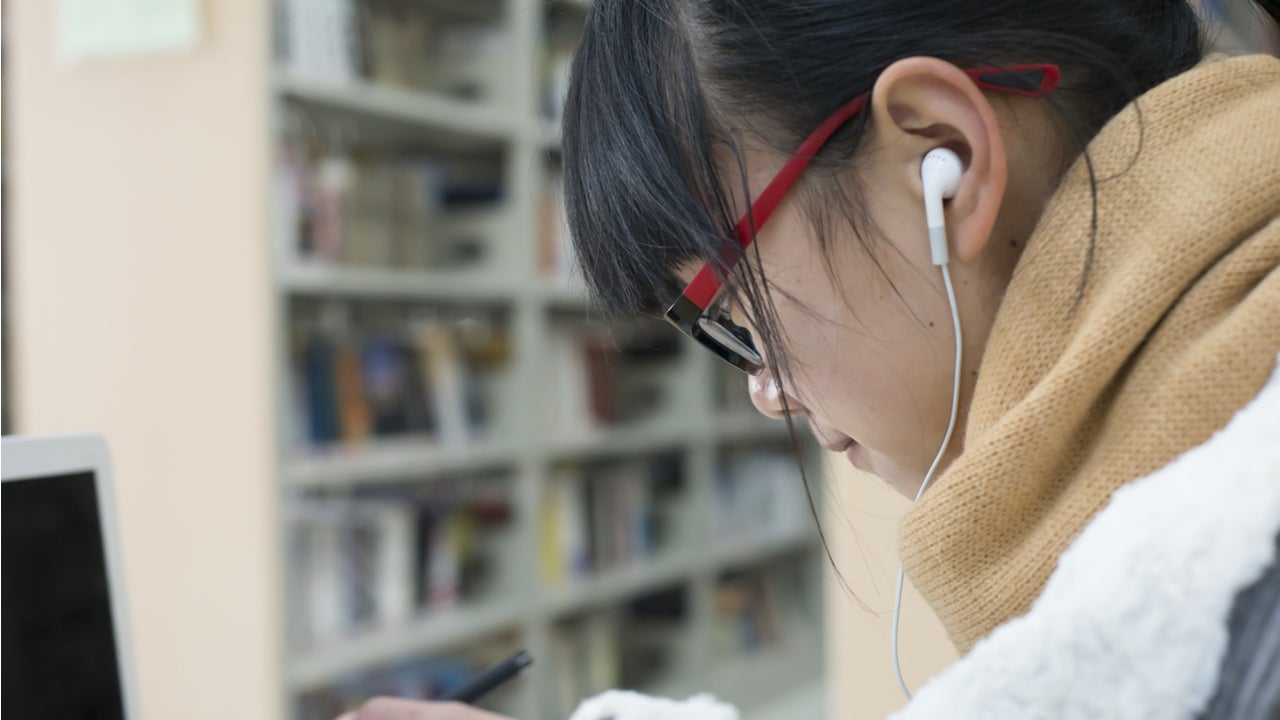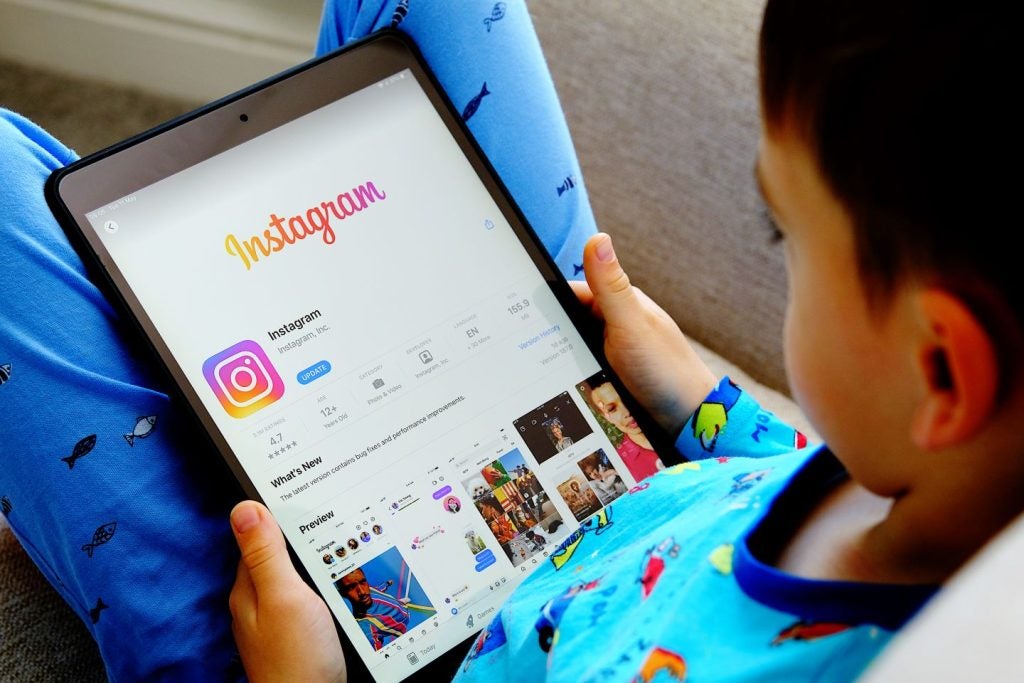
Covid-19 catalyzed both technological and social change with online learning at the forefront.
The Tang Ping (‘Lying Flat’) movement, the ‘Great Resignation’, and a growing preference for working from home all point towards the end of traditional ‘9 to 5’ lifestyles.
Alongside these trends, remote schooling and blended learning saw rapid uptake amid the Covid-19 pandemic. Over just the first few weeks from March 2020, millions of students switched to online learning and, according to GlobalData forecasts, this will aid global edtech revenues to reach $538.5 billion by 2030. Despite the accelerated transformation of the edtech sector, remote learning—especially for school-aged students—still presents many issues that cannot be solved solely by technological development.
What may have first appeared as an extended snow-day daydream, with the closure of physical school buildings, turned into a learning and isolation nightmare for many. Online learning unveiled a host of existing social and economic inequalities.
Gender-based burdens
Firstly, the rapid move to distance learning meant that many parents were thrust into quasi-home-schooling roles, while often still having to continue their own work from home. Many had to quickly learn how to replace teachers with little to no experience and, in most cases, mothers took up this challenge. A BMC Public Health study of Italian schools found that 82.3% of mothers reported ‘not having enough time for their children and the whole family’. The triple burden of paid work, unpaid domestic work, and emotional support that many mothers already undertook pre-pandemic suddenly also extended to the educational health of their children.
Another study exploring parents’ perspectives on remote learning in Latvia similarly concluded that it was mothers who provided most of the support. It also identified an added burden where many mothers admitted to not being digitally literate. When their knowledge of new technologies was limited, it directly affected the performance of their children.
How well do you really know your competitors?
Access the most comprehensive Company Profiles on the market, powered by GlobalData. Save hours of research. Gain competitive edge.

Thank you!
Your download email will arrive shortly
Not ready to buy yet? Download a free sample
We are confident about the unique quality of our Company Profiles. However, we want you to make the most beneficial decision for your business, so we offer a free sample that you can download by submitting the below form
By GlobalDataTechnological setbacks for online learning
Another inequality exposed by Covid-19 was how many children were penalized in their schoolwork during closures because they lacked access to certain technologies. For example, a survey conducted by the Pew Research Centre between January and February 2021 found that black teens and those living in lower-income households were more likely than other groups to report trouble completing homework assignments because they did not have reliable access to technology.
A May 2020 report by the National Foundation for Education Research in England also concluded that the most deprived state schools had many more students with limited access to the required technology. This was featured in an extended research report by Cambridge University that summarized the technological inequalities during the pandemic as the ‘digital divide’.
Online and blended learning is not yet equitable in practice
Covid-19 made online and blended learning essential and inescapable over the past two years. The concerns around inequality that arose as a result were not linked to the technology itself, but the discrepancies in resources between children and families of different backgrounds.
Many were left without aid as online schooling became the norm. Unless we address the underlying issues of inequality presented by virtual and distance learning, very little is likely to change, and this technology will struggle to take off.






